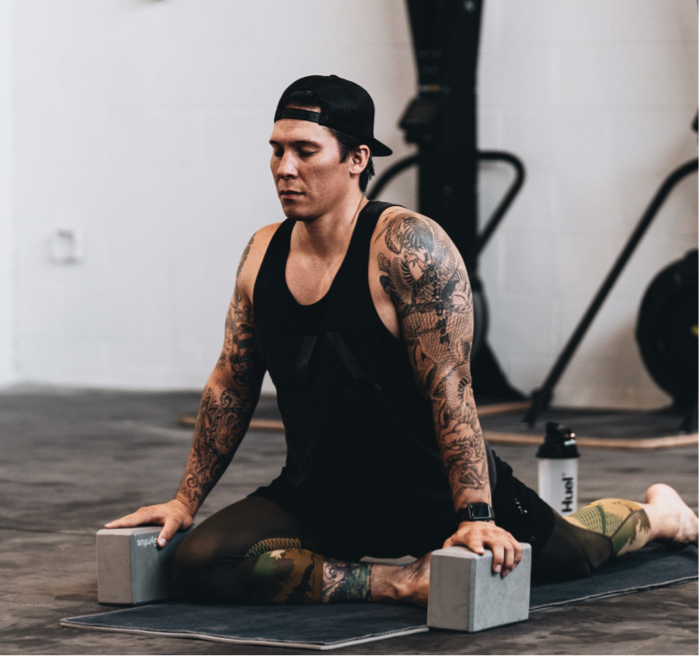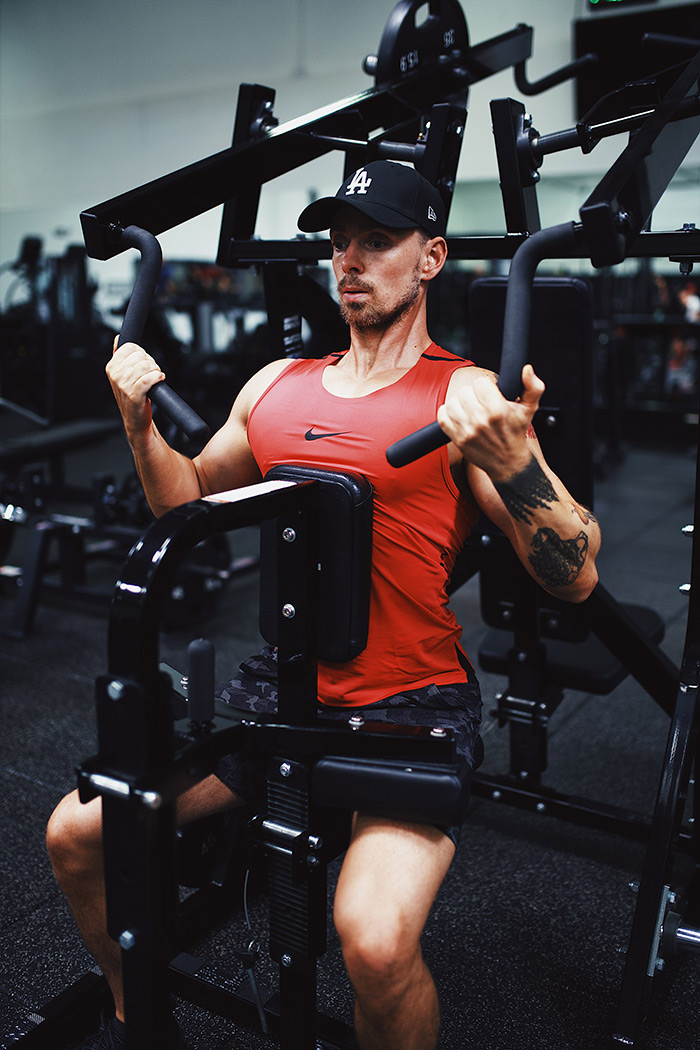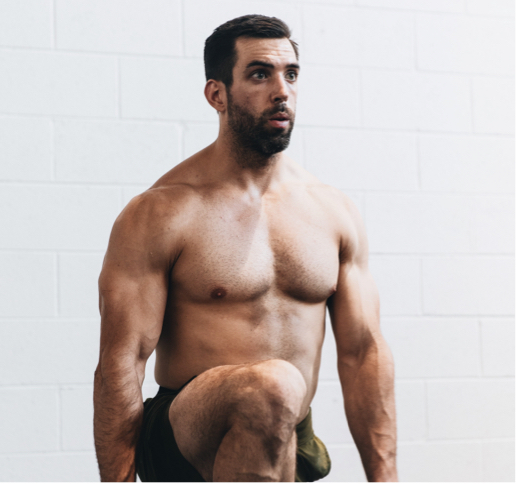To stretch or not to stretch? I have covered this in another article and the conclusion there was stretching has its benefits depending on the desired goal. However, it’s difficult to know which form of stretching is most effective. PNF stretching has become increasingly popular in gyms, sports clubs and professional sport but what is it?
Research has repeatedly shown that proprioceptive neuromuscular facilitation (PNF) stretching techniques provide the most gains in increasing range of motion (ROM) in the shortest amount of time. This type of flexibility exercise (which is what I’m going to call it from now on) utilises an innate muscle reflex negating any loss of strength and power normally associated with conventional static stretching. This is probably one the reasons it’s been used for years in professional sport. In this article, we’re going to the look at the basics of PNF stretching.
What is P.N.F ?
P.N.F stands for Proprioceptive Neuromuscular Facilitation. PNF is an advanced form of flexibility exercise. It involves the contraction and relaxation of muscles. The technique was first used in clinical rehabilitation. It spread into mainstream gyms and is often used at the end of personal training sessions.
The technique was originally developed as part of a neuromuscular rehabilitation programme. It was designed to regulate the length and tension of muscle groups utilising spinal reflexes. This is one of the reasons it’s now a mainstay of athletic preparation and maintenance as a method of increasing flexibility.
PNF stretching techniques are usually performed with a partner and involve both passive movements and active (concentric and isometric) muscle actions.
Although there are thoughts that PNF stretching is superior to other stretching methods, evidence hasn’t been consistently shown. It’s also worth noting that PNF stretching is often seen as impractical as a lot of stretches require a physical therapist (or partner) and expertise. However, it is possible to perform most techniques with an immovable object or inflexible strap.
P.N.F Techniques
During PNF stretches, three muscle actions are used to facilitate the relaxation of the target muscle group. Both isometric and concentric muscle actions of the target muscle groups are used before a passive stretch to activate a spinal reflex loop that connects the actions of opposing muscles. The overall effect of this is to stop one muscle working against another and to achieve a relaxation of the muscle in which we wish to achieve a new operating length.
There are three types of technique for PNF stretches:
- Hold-relax
- Contract-relax
- Hold-relax with antagonist contraction
PNF techniques are completed in three phases. With each of the three techniques, detailed below, the first phase involves the limb being moved as passively as possible to a position where the first tension is perceived in the target muscle group. The muscle actions used in the second and third phases differ for the three techniques. The second and third phases give each technique its name.
Hold-Relax
The hold-relax technique begins with a passive prepositioning of the limb to the first point tension is perceived in the target muscle group. The limb is held at that point for about 5 seconds. At this point contraction of the target muscle should take place utilising a 5/10 force against a partner or an inflexible object. The athlete then holds or resists the movement (if working with a partner) so that isometric muscle action occurs. This is held for around 7 seconds. The athlete then relaxes and a passive stretch is performed and held for 30 seconds. This process is repeated 3-5 times. After each round is completed there should be a greater range of motion observed.
Contract-Relax
The contract-relax technique begins with a passive prepositioning of the limb to the point first tension is perceived in the target muscle group. The limb is held at that point for about 5 seconds. At this point contraction of the target muscle should take place utilising a 5/10 force from a partner or an inflexible band or strap. This is so that a concentric muscle action through the full range of motion occurs. The athlete then relaxes and a passive stretch is performed and held for 30 seconds. This process is repeated 3-5 times. After each round is completed there should be a greater range of motion observed.
Hold-Relax With Antagonist Contraction
The hold-relax with antagonist contraction technique is identical to hold-relax in the first two phases. However, the third phase is where the technique differs. During the third phase, a concentric action of the antagonist (opposite muscle) is used in addition to the passive stretch. This is to facilitate specific spinal reflexes involved with regulation of the muscles length and tension. Following the isometric hold, the athlete contracts the opposing muscle, thereby moving further into the new range of motion. The athlete then relaxes and a passive stretch is performed and held for 30 seconds. This process is repeated 3-5 times. After each round is completed there should be a greater range of motion observed.
The hold-relax with antagonist contraction is the most effective PNF stretching technique due to facilitation via both reciprocal and autogenic inhibition.
Take home points…
Warming up can provide benefits that are known to enhance performance. A warm-up should be geared towards the particular sport or activity an athlete is training for. It should also use an appropriated structure, ensuring that the athlete is completely prepared for the sport or activity. Effective warm-up planning can ensure that the activities prepare for the upcoming session but don’t induce undue fatigue. Additionally, the warm-up should be planned so that the activities contribute both to workout goals but also development in the medium and long term.
Optimal flexibility for performance varies from sport to sport and is closely related to the types of movements a person is required to perform. The concept of mobility may be more appropriate than flexibility as it focuses on active movement through the required ROM. For athletes that need to increase flexibility PNF techniques will allow for an effective increase in ROM. These techniques should be a key part of an extended training programme. Strength and conditioning professionals should consider each athlete’s unique combination of joint structure, age, sex and sports requirements when recommending flexibility protocols.





